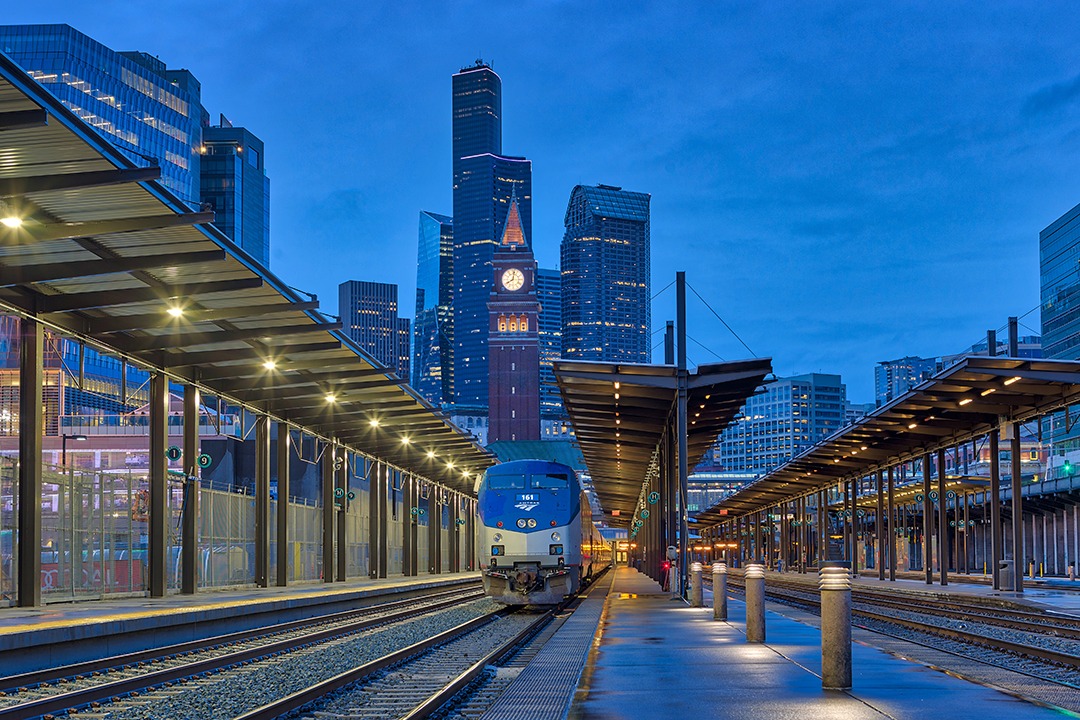 The U.S. Department of Transportation (USDOT) granted a USD 4.3 billion in funding to Amtrak to modernise the inter-city passenger rail network, most immediately funding improvements to Amtrak-served stations to meet Americans with Disabilities Act (ADA) standards, as well as fleet upgrades.
The U.S. Department of Transportation (USDOT) granted a USD 4.3 billion in funding to Amtrak to modernise the inter-city passenger rail network, most immediately funding improvements to Amtrak-served stations to meet Americans with Disabilities Act (ADA) standards, as well as fleet upgrades.
Over the next five years, President Biden’s Bipartisan Infrastructure Law will invest a total of USD 22 billion in Amtrak, improving and expanding inter-city passenger rail services and addressing long-delayed repairs and maintenance.
“Americans deserve modern, safe, reliable passenger rail that gets them where they need to go. Because of the historic investments our Administration is making, Amtrak will be able to connect more travelers all over the country to the places they’re going, the resources they need, and the people they love,’ U.S. Transportation Secretary Pete Buttigieg said.
The Bipartisan Infrastructure Law significantly increased Amtrak’s Annual Grant Programme, which is administered by the Federal Railroad Administration (FRA). The legislation also provided additional supplemental funding, from which this year’s USD 4.3 billion comes.
With USD 22 billion in infrastructure investments over five years, Amtrak will bring more than 280 Amtrak-served stations across the country into compliance with ADA standards. Funding will also be used to replace Amtrak’s existing fleet of over 1,000 railcars and locomotives with accessible, comfortable, state-of-the-art equipment. Portions of the new fleet will enter service this year, and over 525 new railcars and locomotives will begin service by the end of the decade.
“This $4.3 billion investment not only advances a years-long mission of bringing Amtrak’s infrastructure to a state of good repair – it also makes inter-city passenger rail a convenient and accessible mode of travel for more Americans,” FRA Administrator Amit Bose said.
Funding obligated to Amtrak will also address needed upgrades and upkeep to improve capacity, reliability, and working conditions on locomotive and railcar maintenance facilities, eliminate the infrastructure maintenance backlog, and invest in technology systems modernisation and improvement.
Share on:



